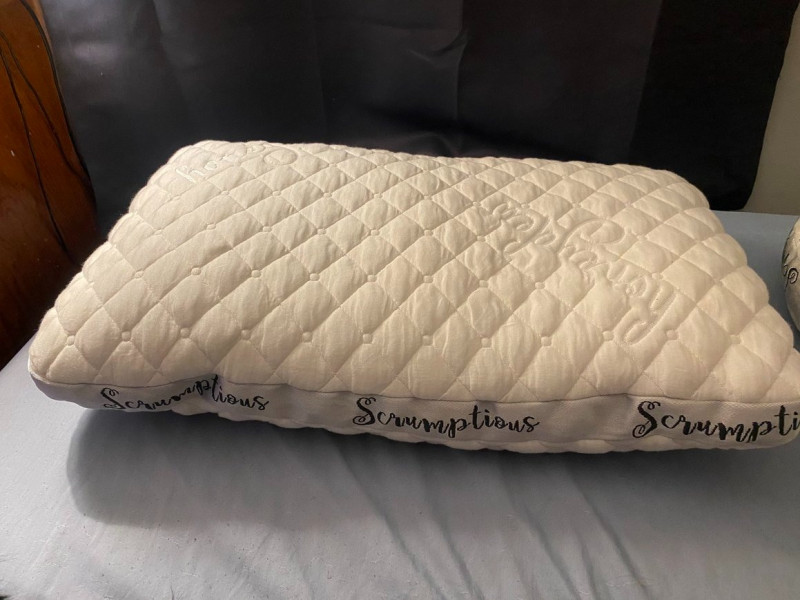This is a sponsored post written by me on behalf of National Mobility Equipment Dealers Association for IZEA. All opinions are 100% mine.
My father is about 15 years older than Ryan’s father, and our moms are both even younger. Seems how my dad is so much older than our other three parents, we assumed he would be the first to have health issues. It was a shock when about a year after I started dating Ryan his father was diagnosed with something referred to as fxtas, which is an adult-onset form of fragile-x syndrome. For Ryan’s dad this meant that he developed early onset dementia (in his young to mid 50s) and other dementia or parkinsons-like symptoms such as memory issues, balance issues, tremor and general muscle weakness. When I met him he seemed to have no symptoms or issues, but within about three years he was relying on a cane to walk, and then about a year later was wheel chair bound. It was tough to see him so young (not yet 60) and unable to walk or do fine-motor based tasks.
His disease isn’t one that is very well known even in the medical community, so most doctors who you would run into wouldn’t really understand his symptoms or disease progression. In part because of this lack of awareness of fxtas, he had a hard time getting his insurance to cover items that he needed – including a power wheel chair. Thankfully, he was able to still get a wheel chair because he was a veteran and the VA was willing to cover the cost for him because they could tell after seeing him that he was in fact unable to walk and unable to use a manual wheelchair.
Getting a power wheel chair felt like a huge accomplishment – and it was! However, once you get a wheel chair the next big question is how you use the chair when out and about. If a wheel chair doesn’t fold down in a compact way, it might not fit in a trunk. Even if your chair does fit inside of your vehicle, you might need accommodations made to a vehicle to help you get from your chair and into the car, and to get the chair into the car.

Not all mobility products are made the same, and researching the mobility products that are right for you or your loved one is important. When getting a wheel chair, making your car accessible with your wheelchair is important as well. Many people will need to add a wheel chair lift to their vehicle or purchase one with a lift. Others might be able to drive independently with modifications to a vehicle. Regardless of your needs, choosing a dealer that is NMEDA qualified is a great idea. NMEDA QAP (Quality Assurance Program) accredited, which ensures the highest standards in mobility equipment installations. This unique training program is how NMEDA assures that each of their customers get quality, safety and electro-mechanical integrity with their purchase. NMEDA dealers meet all of the federal and industry safety standards for vehicles that have accommodations.

If you just recently started requiring the use of mobility devices, you might not know what type of vehicle accommodations are necessary for your situation. NMEDA helps individuals determine what types of vehicle accommodations best suit their individual needs.
Visit the NMEDA site to find an NMEDA dealership located near you. I live in a rural area so I was excited to learn that there are multiple NMEDA dealerships within half an hour or so of my house.

April 2016 NMEDA will be celebrating National Mobility Awareness Month by giving away modified vehicles. You can nominate a local hero in your community during the promotion. Entries will be accepted from April 10th-May 30th 2016. Then voting on your choice of hero will take place from May 1 – May 31st 2016.
Do you have someone in your family with a physical disability? What accommodations have been made to your vehicle to adapt to their needs?
Hi there! I am Emily Evert, the owner of Emily Reviews. I am 28 and live in a small town in Michigan with my boyfriend Ryan and our two pugs. I have a large family and I adore my nieces and nephews. I love reading memoirs, and learning about child development and psychology. I love watching The Game of Thrones, Teen Mom, Sister Wives and Veep. I like listening to Jason Isbell, John Prine, and other alt-country or Americana music. I created Emily Reviews as a creative outlet to share my life and the products that I love with others.
This post currently has 7 responses.
-
We are in Canada and they are very good at providing for disabled people, they draw the line at a vehicle , so no power lifts, also you get a team assigned to you and you get what they say you need not what you want but you can pay the difference. I had something hit me at 49 and they are still not sure what but went from 100 % mobility to 20 %, it’s very difficult.
-
This sounds really neat and I have some friends who would like to know about this!
-
Im disabled. I have major back issues. Four yrs ago when I had cancer the chemo caused my feet to slowly go numb. I havent driven since last oct. I use a cane and walker. I know eventually I’ll need a scooter. Then either my daughter or sister will have to get the thing that my scooter will go on one of their cars. Im not looking forward to it. Thank you Emily for this post 🙂
-
I’m a stroke servior i had 11 Tia’s that’s mini strokes 10 years ago i need a wheel chair van so I can get around better I’m a disabled veteren the vets give me a scooters to get around i just need something to haul it in with a ramp or lift that’s what I’m looking for if you can help that would make me very happy my van that I have now has broken rear springs 230 miles on it
-
I have a Vehicle a 20o1 F150 Ford and a wheel chair, it pains me that I cannot get my Wheel Chair on my truck My husband, he passed in 2007 he served in the military and Vietnam 2 tours, he built 2 wooden boards ramp very heavy with a couple of big screws that hooked into the back that dropped down, he drilled the holes in , so he could hook it up on the truck. After he passed I tried to get the wheel chair up and it fell between the two huge pieces of wood with no one to help. Now I go out rarely for food doctors, nobody to help hurts and wears me out I have no energy to walk by the time I get home, I can hardly sleep from the pain. Mostly I live with pain and insomnia. I have to disassociate from the pain to accomplish the smallest of thing! I have RSD/CRPS and so many other things wrong you cannot count on 2 hands. I feel empathy for these other people I want to reach out but that is the insidiousness of my disease I need help and I was born to help others. Cannot do it any more, sad to say. I don’t know what the topic was but I need to share it…Thank you !
-
I have MS and mobility issues,i can still manage to walk 100 feet with a cane and someone to help me.









Both my sister and I have taken care of people with MS and mobility issues. My work was in institutions where they had equipment in place but my sister’s friend struggled with needing equipment for home use before she got too bad that she had to move to a facility. She was pretty much home bound so this is a great service.